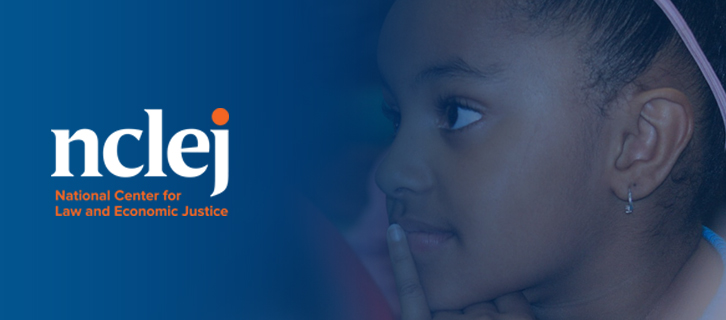Economic Justice and Access to Health Care are LGBT Issues
The Summer 2010 issue of the Georgetown Journal on Poverty Law & Policy contains an essay based on Laura’s Redman’s 2008 presentation describing the barriers low income LGBT individuals and families confront in seeking access to Medicaid and Children’s Health Programs. The presentation and article seek to inform advocates in the LGBT and poverty community of the need to address issues that affect low income members of LGBT community, both in terms of access to and provision of services. Particularly in light of the new health reform legislation, which should increase health care access for many more individuals and families, the piece hopes to build bridges and make connections between the LGBT and economic justice communities to work towards quality, comprehensive, and culturally competent health care for everyone.
The barriers that Laura describes are based on identity, family structure, and targeted needs. For example, many states do not provide Medicaid coverage for single childless adults. This prohibition implicates relationship recognition issues and definitions of parentage that are a barrier to health care for LGBT individuals and families, since in many states non-disabled or non-pregnant adults are only eligible for Medicaid if they are a parent of a minor child, and such legal relationships are often defined very narrowly and through traditional means.
Moreover, as Laura points out, even full-scale relationship recognition or legalizing of same-sex marriage will not solve all LGBT-specific issues related to access to state and federally funded health care programs, since LGBT individuals and families also suffer discrimination and disparate access once they are determined eligible. Most states, for instance, exclude transition-related health care and cross-gender care and many recent studies have documented that the health care environment is both discriminatory and homophobic, with reports of incidents of substandard care even higher amongst the low income community.







